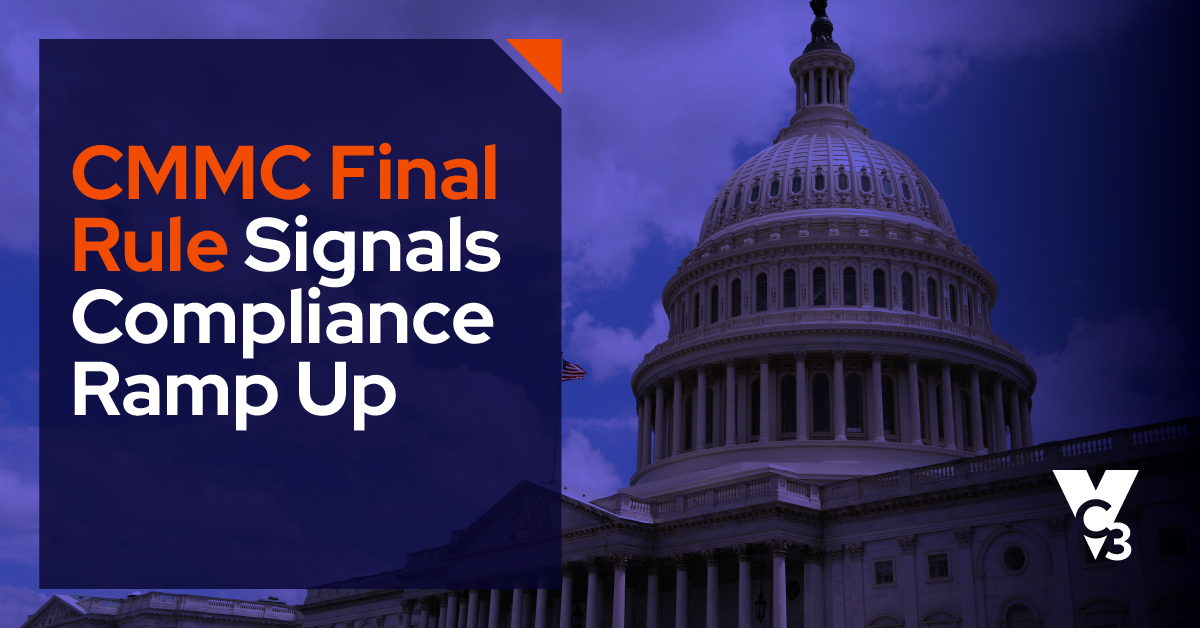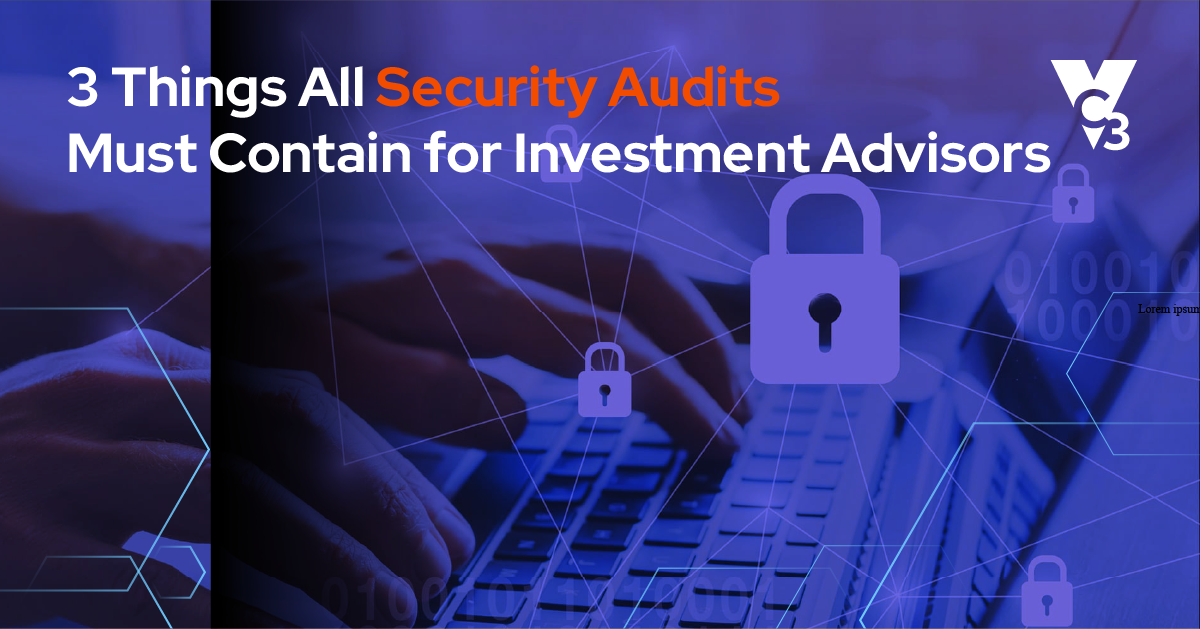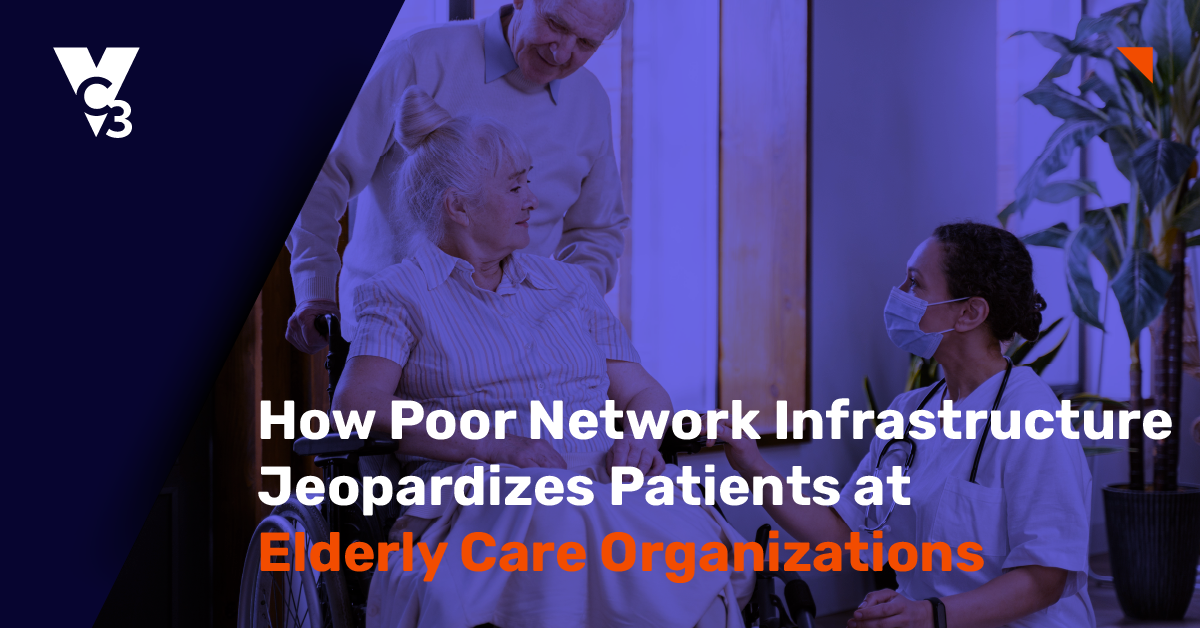HIPAA compliance isn’t just another box to check—it’s a critical part of protecting patient data and ensuring nonprofit healthcare organizations stay secure. With cyber threats evolving and regulations tightening, having the right IT strategy is about more than meeting requirements. It’s about building a resilient, secure, and efficient operation that safeguards sensitive data while supporting day-to-day healthcare needs.
HIPAA’s technical safeguards, outlined in the Security Rule, provide the blueprint for protecting electronic Protected Health Information (ePHI). These guidelines cover access control, encryption, audit controls, data integrity, authentication, and secure transmission of ePHI. Without a clear IT strategy, organizations risk compliance failures, financial penalties, and reputational harm.
This blog breaks down the essential elements of an IT strategy that aligns with HIPAA’s technical safeguards. We’re keeping it practical, actionable, and easy to implement—because compliance shouldn’t be a mystery.
Conducting a Comprehensive Risk Analysis
Every strong IT strategy starts with a solid risk analysis. HIPAA requires organizations to conduct regular risk assessments. However, beyond compliance, this is about understanding where your vulnerabilities lie and how to fix them before they become real threats.
A HIPAA risk analysis should cover:
- Identifying and classifying ePHI within your organization.
- Evaluating potential threats and vulnerabilities.
- Assessing how effective your current security measures are.
- Determining the potential impact of a data breach or unauthorized access.
- Implementing risk mitigation strategies and continuous monitoring.
Skipping a risk analysis isn’t just risky—it’s a compliance violation that could lead to costly fines. For a step-by-step guide, check out our in-depth blog post on performing a HIPAA risk analysis.
Your Strongest Defense: Building Cyber-Aware Healthcare Employees
Despite advanced security tools, human error remains a major vulnerability. Clicking malicious links, downloading harmful attachments, using weak passwords, or falling for scams can open the door for hackers. Cybercriminals exploit these mistakes to steal credentials and breach systems.
You can never overtrain employees on cybersecurity. Educate them on phishing, ransomware, password security, and social engineering. Strengthening employee awareness is one of the best defenses against cyber threats.
Handling Electronic Protected Health Information (ePHI)
HIPAA says organizations must “implement a mechanism to encrypt and decrypt electronic protected health information.” This includes encryption for data “at rest” (such as data that sits on your servers) and “in transit” (such as data shared back and forth with another device like a patient’s computer or smartphone). Protecting ePHI can be challenging because there are so many communications channels (email, instant messaging, videoconferencing) and content types (documents, images, videos).
Your IT strategy should create multiple layers of security around ePHI. Ensure that the applications you use encrypt any health information that you send electronically. If not, then you need to modernize and upgrade your applications. That means more than just firewalls—it requires proactive policies and modern security tools. Organizations must:
- Implement role-based access controls to limit unnecessary data access.
- Use end-to-end encryption for data transmission and storage.
- Deploy multi-factor authentication (MFA) to prevent unauthorized access.
- Monitor access logs for suspicious activity.
- Establish clear policies for mobile device and remote access usage.
- Use secure messaging platforms for internal and external communication.
Cyber threats targeting healthcare organizations are growing. A multi-layered security approach is critical to minimizing risks and maintaining compliance.
Data Backup and Disaster Recovery
HIPAA requires organizations to "implement policies and procedures to protect electronic protected health information from improper alteration or destruction." A key part of meeting this requirement is a robust data backup and disaster recovery plan.
This plan should include an onsite component for quick recovery from minor issues like server failures, an offsite component to safeguard against major incidents like natural disasters or ransomware attacks, and regular testing to ensure backups are reliable. Additionally, such a solution enables you to restore previous versions of data if it becomes altered or corrupted.
Related 🔎: An IT Disaster Recovery Blueprint for Healthcare Organizations
Access Control Policies
HIPAA mandates that organizations "implement technical policies and procedures to ensure that electronic information systems maintaining protected health information allow access only to authorized individuals or software programs."
To safeguard against unauthorized access, focus on these key areas:
- A password policy: In May 2024, Ascension, a major U.S. hospital operator, experienced a significant data breach compromising the personal and medical information of approximately 5.6 million individuals due to weak authentication protocols and insufficient password protections. Weak, commonly used passwords remain among the leading security vulnerabilities in healthcare. Organizations must mandate strong, unique passwords or passphrases, implement Multi-Factor Authentication (MFA), and require periodic password updates. These fundamental steps significantly reduce unauthorized access risks and protect sensitive patient data.
- Unique user accounts: HIPAA refers explicitly to "unique user identification," which mandates that each individual accessing protected information must have a distinct set of user credentials. Sharing passwords or creating generic user accounts, common in some organizations, is strictly prohibited by HIPAA due to the high risk of security breaches and privacy violations. It is essential to have IT professionals manage the establishment, modification, and deactivation of individual user accounts to ensure compliance and safeguard sensitive information.
- Automatic logoffs: According to HIPAA, organizations must implement electronic procedures to terminate electronic sessions after a set period of inactivity. This requirement addresses the security risk of unauthorized individuals accessing protected information through unattended devices. Computers should be configured to automatically lock after a brief period of inactivity to effectively prevent such unauthorized access.
- Logging and auditing user activity: Implementing the above protocols simplifies the process of logging and auditing user activity to identify suspicious behavior. Organizations should monitor unusual login times, unauthorized user access, and abnormal data download volumes. Effective monitoring and auditing allows for early detection of suspicious activities, reducing the risk of prolonged data breaches, which organizations on average may take over 300 days to discover.
Protecting PHI with Advanced Cybersecurity
The 2024 Change Healthcare cyberattack showcased just how catastrophic a security lapse can be. Affecting approximately 190 million people, this breach disrupted health insurance payments nationwide and exposed highly sensitive medical data, including diagnoses and billing records. It highlighted the risks of outdated security infrastructure and reinforced the need for end-to-end encryption, continuous monitoring, and zero-trust architecture to prevent breaches of this magnitude.
Without robust cybersecurity defenses, electronic health information remains at constant risk. The stronger your protections, the lower the likelihood of a devastating data breach. While cybersecurity spans multiple layers, some of the most essential best practices include:
- Eliminating unnecessary network entry points: It's important to close unnecessary entry points to your network such as open firewall ports, unattended external devices like flash drives plugged into computers, unused data ports in offices, and third-party vendors with access to sensitive servers.
- Monitoring your network: IT professionals should actively monitor the network to quickly identify and address suspicious activities or vulnerabilities, reducing the risk of unauthorized access by hackers.
- Updating and patching applications: Regularly updating and patching your software applications is critical, as unpatched software remains one of the primary causes of data breaches. Apply updates promptly as provided by software vendors, since these patches frequently address security flaws that hackers exploit. Additionally, ensure your software versions are current and still supported to continuously receive important security patches.
Physical Security: Securing the Physical Frontline
In another section (§ 164.310), HIPAA requires organizations to put clear policies in place to restrict physical access to electronic information systems—and the facilities where they're located—to only authorized individuals. Though often overlooked, this critical part of security includes practical measures such as:
- Limiting entry to areas where devices containing health information are stored.
- Establishing a secure, controlled system for managing authorized personnel as they enter or exit these sensitive areas.
- Quickly addressing any physical security threats—for example, immediately disabling access if a key fob is lost or stolen.
Modern Tech: The Backbone of HIPAA Compliance
When it comes to HIPAA compliance, your tech stack isn’t just a nice-to-have—it’s the first line of defense against data breaches and regulatory headaches. Many healthcare organizations are still relying on legacy systems—outdated hardware and software that have long exceeded their end-of-life (EOL) and are no longer supported by vendors. These aging systems were never built to handle the growing demands of today’s healthcare environment, leaving organizations vulnerable to security gaps, inefficiencies, and non-compliance.
Relying on hardware and software that’s beyond EOL creates major problems. For one, these systems lack the updates and security patches needed to protect sensitive patient data. Hackers love exploiting outdated technology, and legacy systems are prime targets. On top of that, the software used in these systems often struggles to integrate with newer technologies, slowing down operations and making it harder to meet the evolving requirements of HIPAA compliance.
Upgrading to modern hardware and software is crucial for keeping up with these demands. Today’s high-performance servers, secure cloud platforms, and scalable software are designed to handle the complexities of modern healthcare—ensuring better security, faster performance, and easier compliance with HIPAA. By modernizing your tech stack, you not only close security gaps but also streamline operations and safeguard your organization against future risks.
The Bottom Line
Achieving HIPAA compliance requires a proactive IT strategy. From risk assessments and security training to data protection and modern infrastructure, each component safeguards patient data and reduces risk.
With rising threats and evolving regulations, healthcare organizations that fail to modernize risk financial losses, reputational damage, and patient distrust. HIPAA compliance isn’t just a checkbox—it’s essential for protecting sensitive data and ensuring long-term security.
Partnering for HIPAA Compliance Success
Managing HIPAA compliance alongside daily operations can be challenging. A dedicated IT partner helps bridge the gap, providing expert guidance on cybersecurity, infrastructure upgrades, and compliance strategies. Let us help you stay ahead of evolving regulations and security threats—contact us today to discuss how we can support your compliance journey.






